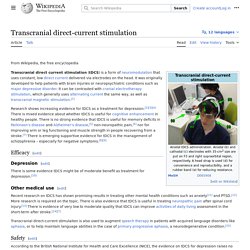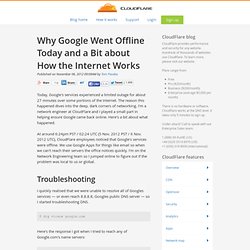

Project Aims to Set Smartphones Free From Cellular Networks. The prototype shown at left can enable nearby Android phones to link up for calls, texts, and file transfers without a cellular network.

(Credit: Serval Project) The Serval project, whose free software can enable smartphones to make calls and send messages without a cellular network, is appealing for help developing a home router-like device that could make its novel approach more practical. A crowdfunding campaign aims to raise $300,000 to support development of the Mesh Extender, as it is called, which helps the ad-hoc, localized networks Serval creates to extend over larger distances. Potentially just as important, the device also makes it possible for nearby phones to join a mesh network without being modified to sidestep default restrictions on Wi-Fi networking in Google’s mobile operating system. The current prototype is pictured at left in the image above, while the Serval project’s founder, Paul Gardner-Stephen, holds a mockup of a more refined version. Transcranial direct-current stimulation. Transcranial direct current stimulation (tDCS) is a form of neuromodulation that uses constant, low direct current delivered via electrodes on the head.

It can be contrasted with cranial electrotherapy stimulation, which generally uses alternating current the same way.[1] It was originally developed to help patients with brain injuries or psychiatric conditions like major depressive disorder. There is increasing evidence for tDCS as a treatment for depression.[2][3][4] However, there is mixed evidence about whether tDCS is useful for cognitive enhancement in healthy people. Several reviews have found evidence of small yet significant cognitive improvements.[5][6][7][8] Other reviews found no evidence at all,[9][10] although one of them[10] has been criticized for overlooking within-subject effects[11] and evidence from multiple-session tDCS trials.
Medical use[edit] Adverse effects and contraindications[edit] Mechanism of action[edit] Why Google Went Offline Today and a Bit about How the Internet Works. Today, Google's services experienced a limited outage for about 27 minutes over some portions of the Internet.

The reason this happened dives into the deep, dark corners of networking. I'm a network engineer at CloudFlare and I played a small part in helping ensure Google came back online. Here's a bit about what happened. At around 6:24pm PST / 02:24 UTC (5 Nov. 2012 PST / 6 Nov. 2012 UTC), CloudFlare employees noticed that Google's services were offline. We use Google Apps for things like email so when we can't reach their servers the office notices quickly.
Troubleshooting I quickly realised that we were unable to resolve all of Googles services — or even reach 8.8.8.8, Googles public DNS server — so I started troubleshooting DNS. $ dig +trace google.com Here's the response I got when I tried to reach any of Google.com's name servers: The fact that no servers could be reached means something was wrong. I started to look at the network layer, see if that's where the problems lay. The Fix. Week in tech: cheap, tiny Linux computers and another Bitcoin heist. This week in tech offers the best in unlikely success stories: Sonic.net survived as a rare customer-service oriented ISP, Red Hat succeeds where many thought an open source vendor couldn't, and Nokia's 41 megapixel smartphone camera proves that more millions of pixels can sometimes be just what's in order.

Google offers $1 million reward to hackers who exploit Chrome: Google has upped the ante by announcing $1 million worth of prizes to those who successfully exploit its Chrome browser at an offshoot to the annual Pwn2Own conference. So far, no one has ever taken a crack at Chrome during the event. Gigabit Internet for $70: the unlikely success of California's Sonic.net: In the late 1990s, small Internet providers flourished; most eventually died out. How one California ISP survived—and thrived—using amazing customer service and its own fiber optic network. Innovation or hype? Why wait? Listing image by Photograph by FXI.